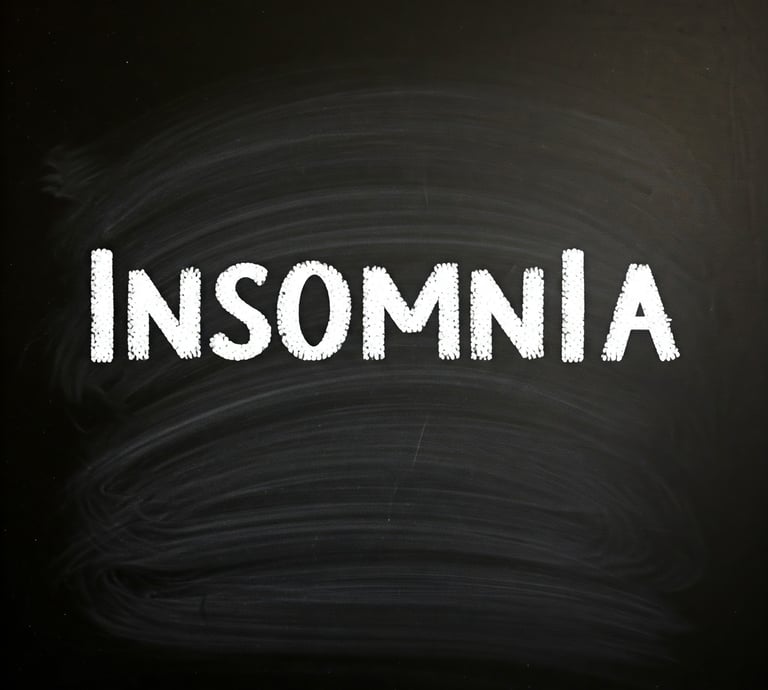Insomnia
The science behind the incredibly common sleep disorder, insomnia.


Insomnia is a common sleep disorder, it involves difficulty falling asleep, staying asleep, or waking up too early and not being able to return to sleep. It can be acute (short-term) or chronic (lasting for months or longer). The underlying science of insomnia involves a complex interplay of neurobiological, psychological, and environmental factors.
One key factor is dysregulation in the brain's arousal and sleep-promoting systems. The hyperarousal model suggests that individuals with insomnia experience heightened activity in the hypothalamic-pituitary-adrenal (HPA) axis and sympathetic nervous system, even during sleep. This heightened activity can increase levels of cortisol and adrenaline, making relaxation and sleep initiation difficult. Furthermore, brain imaging studies have shown increased activity in the prefrontal cortex and other wake-promoting regions during sleep in individuals with insomnia, suggesting an inability to "shut down" wakefulness effectively.
Chronic insomnia is also linked to altered neurotransmitter activity. For example, reduced gamma-aminobutyric acid (GABA), an inhibitory neurotransmitter, has been observed in individuals with insomnia, impairing the brain's ability to transition into sleep states. Psychological factors, such as stress, anxiety, and depression, can exacerbate these neurobiological disruptions, creating a feedback loop that perpetuates insomnia.
References:
Riemann, D., Nissen, C., Palagini, L., Otte, A., Perlis, M. L., & Spiegelhalder, K. (2015). The neurobiology, investigation, and treatment of chronic insomnia. The Lancet Neurology, 14(5), 547-558. https://doi.org/10.1016/S1474-4422(15)00021-6
Bonnet, M. H., & Arand, D. L. (2010). Hyperarousal and insomnia: State of the science. Sleep Medicine Reviews, 14(1), 9-15. https://doi.org/10.1016/j.smrv.2009.05.002
